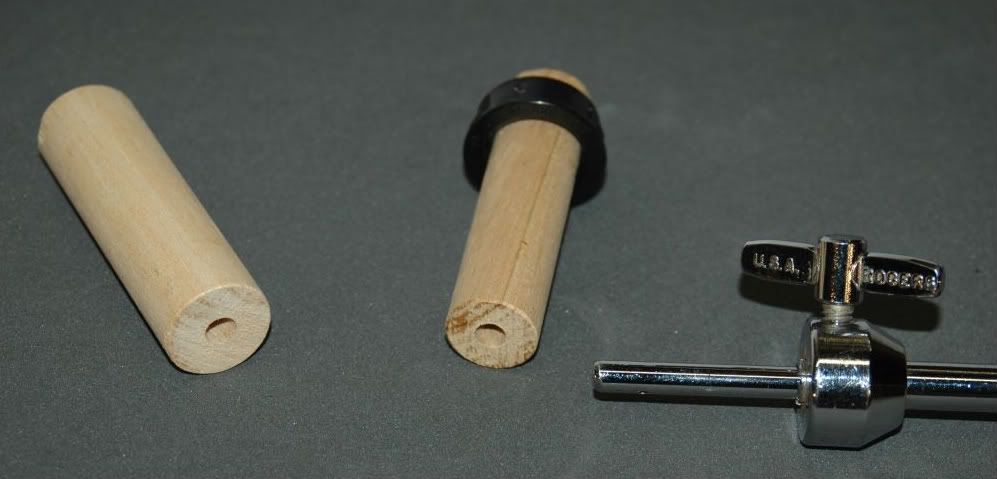For in-home use, or even in-studio use, you would probably really like a second-hand Fender Princeton Chorus:
The benefits:
It looks like a Fender blackface amp. (Don't get the red knobs.)
There is enough gain for the Rhodes while still playing clean.
It has a master volume, so you can play quiet.
The built-in chorus is disturbingly satisfying. It sounds good and wet.
There are guzintas and guzoutas for effects loops.
It is almost small enough to tuck under your piano.
It is light enough to carry around.
It has reverb (Hammond/Accutronics, not DSP!).
The chorus and overdrive are footswitched.
There are models with one 12" speaker, and models with two 10" speakers. Either one will be fine.
It is really CHEAP on ebay and craigslist. Never pay above $200. (You may have to pass on a few to follow this rule, but lots of them sell for less than $200.)
The ONLY bad part is that it is not a huge powerful amp that can hold its own against a drummer and guitar in a rock gig. It can't get super loud. Oh well.
It isn't loud, but it sounds good enough to make the Rhodes sound like a Rhodes (crank the treble to 7, and lay back on the bass and midrange, I mean mud and mudrange). I have not yearned for a different amp [clearly, I don't gig - Maybe it could sneak through a gig by using the effects loops to send to the PA].
Three more rules:
2. Get the transistor version, not the tube version. You can tell immediately by the price: tube version costs above $1000, transistor version costs less than $200. (The tube versions are called Princeton, or Princeton Reverb, but not Princeton Chorus.) (There is a sweet Princeton Recording out there too.)
3. Get the version without the red knobs. (I have never touched, played, nor heard the version with the red knobs, but I am prejudiced against the way it looks. yuck.)
4. Don't buy it if it has DSP in the name. Never buy an amp that has DSP in the name. (Another personal prejudice, sorry.)
Sean
The benefits:
It looks like a Fender blackface amp. (Don't get the red knobs.)
There is enough gain for the Rhodes while still playing clean.
It has a master volume, so you can play quiet.
The built-in chorus is disturbingly satisfying. It sounds good and wet.
There are guzintas and guzoutas for effects loops.
It is almost small enough to tuck under your piano.
It is light enough to carry around.
It has reverb (Hammond/Accutronics, not DSP!).
The chorus and overdrive are footswitched.
There are models with one 12" speaker, and models with two 10" speakers. Either one will be fine.
It is really CHEAP on ebay and craigslist. Never pay above $200. (You may have to pass on a few to follow this rule, but lots of them sell for less than $200.)
The ONLY bad part is that it is not a huge powerful amp that can hold its own against a drummer and guitar in a rock gig. It can't get super loud. Oh well.
It isn't loud, but it sounds good enough to make the Rhodes sound like a Rhodes (crank the treble to 7, and lay back on the bass and midrange, I mean mud and mudrange). I have not yearned for a different amp [clearly, I don't gig - Maybe it could sneak through a gig by using the effects loops to send to the PA].
Three more rules:
2. Get the transistor version, not the tube version. You can tell immediately by the price: tube version costs above $1000, transistor version costs less than $200. (The tube versions are called Princeton, or Princeton Reverb, but not Princeton Chorus.) (There is a sweet Princeton Recording out there too.)
3. Get the version without the red knobs. (I have never touched, played, nor heard the version with the red knobs, but I am prejudiced against the way it looks. yuck.)
4. Don't buy it if it has DSP in the name. Never buy an amp that has DSP in the name. (Another personal prejudice, sorry.)
Sean







